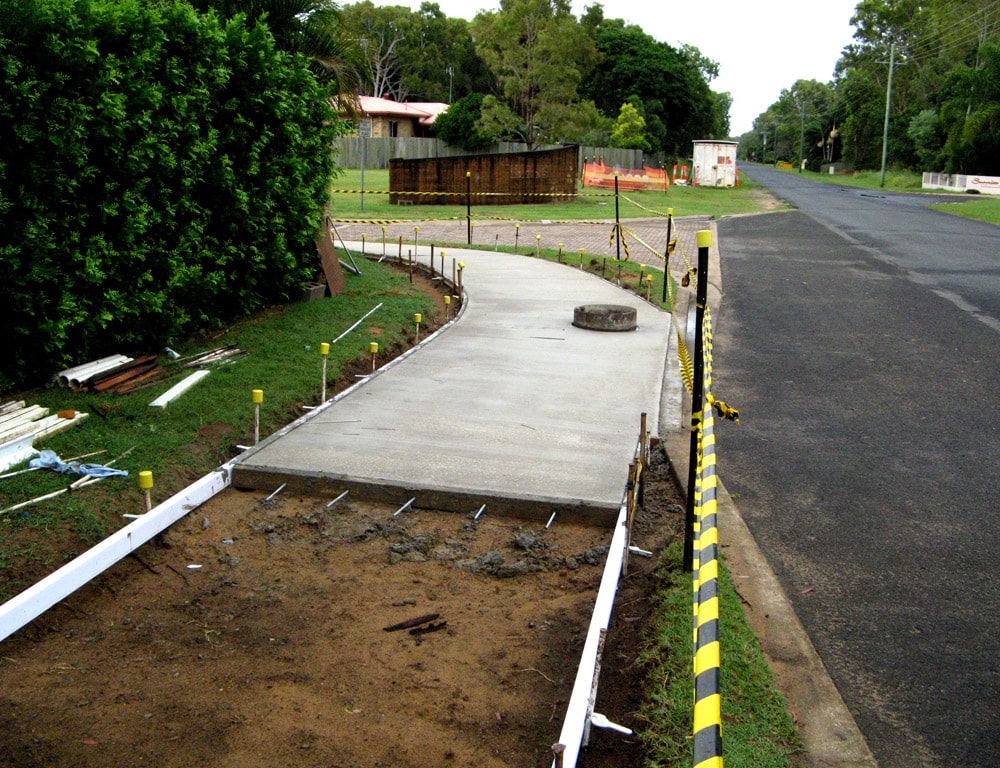Navigating the intricacies of constructing a concrete footpath is akin to piecing together a complex puzzle, with various factors influencing the overall cost.
Understanding these elements is crucial for anyone planning to install or renovate a concrete footpath.
This article delves into the primary cost factors, providing a comprehensive guide to help you budget effectively for your project.
Material Costs
The choice of material significantly impacts the cost. Standard concrete is the most common and cost-effective option, with prices ranging from $6 to $12 per square foot.
For more decorative choices like exposed aggregate or stenciled concrete, costs can increase to $100 – $150 per square meter.
Labor Costs
Labor costs for concreting can vary. A novice laborer might charge around $40 per hour, while experienced concreters can charge upwards of $70 per hour.
This rate is influenced by their skill level, experience, and regional wage standards.
The complexity of the job and the time required for completion are also crucial factors in determining labor costs.
Design Complexity
More intricate designs with multiple colors, patterns, borders, or custom shapes will increase the price.
The complexity of the design not only requires more time but also additional skill and resources.

Size and Scope of the Project
The overall size of the footpath plays a significant role in cost.
Larger areas require more materials and labor. Additionally, the shape of the walkway affects the cost, with straight edges being less expensive to form than curved ones.
Site Preparation and Groundwork
The condition of the site where the footpath will be laid is another vital factor.
Costs will rise if the ground requires leveling, excavation, or significant grading.
Additionally, the installation of drainage systems to prevent waterlogging can add to the expense.
Thickness and Durability Requirements
The required thickness of the concrete also influences the cost.
A standard sidewalk may need a four-inch thick pour, but areas subjected to heavy use or significant wear and tear may require up to six inches of concrete for enhanced durability.
Additional Features
Features like decorative borders, specialized finishes, or the integration of unique materials can add to the overall cost. These features, while enhancing the aesthetic appeal, require extra materials and labor.
Regional Variations
Costs can vary based on your location due to differences in material prices, labor rates, and the cost of living in the area.
It’s important to consult local contractors for precise estimates tailored to your region.
Conclusion
Constructing a concrete footpath is a multifaceted endeavor with numerous variables affecting the total cost.
By understanding these key factors – from materials and labor to design complexity and site preparation – you can create a more accurate budget for your footpath project, ensuring a balance between quality and cost-effectiveness.
Remember, investing in a well-constructed footpath not only enhances the aesthetic of your property but also ensures durability and longevity.

